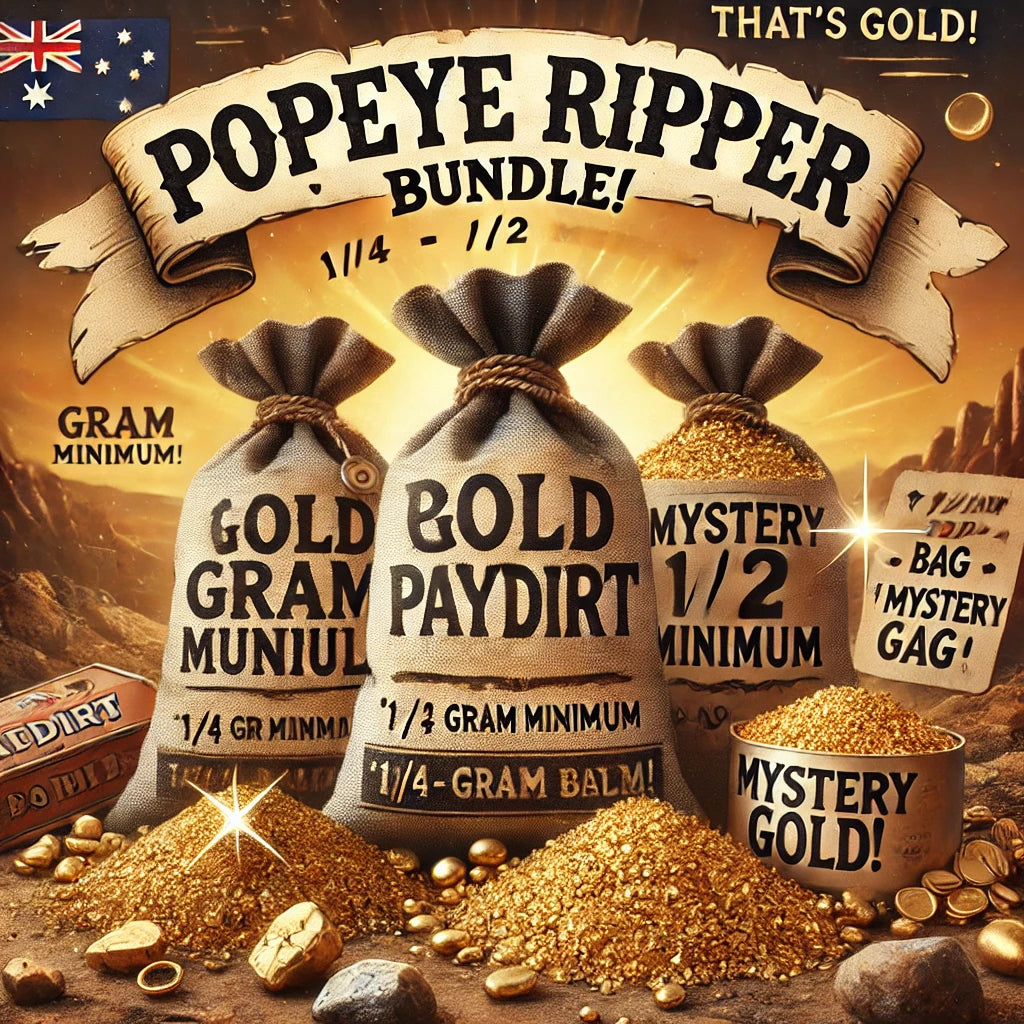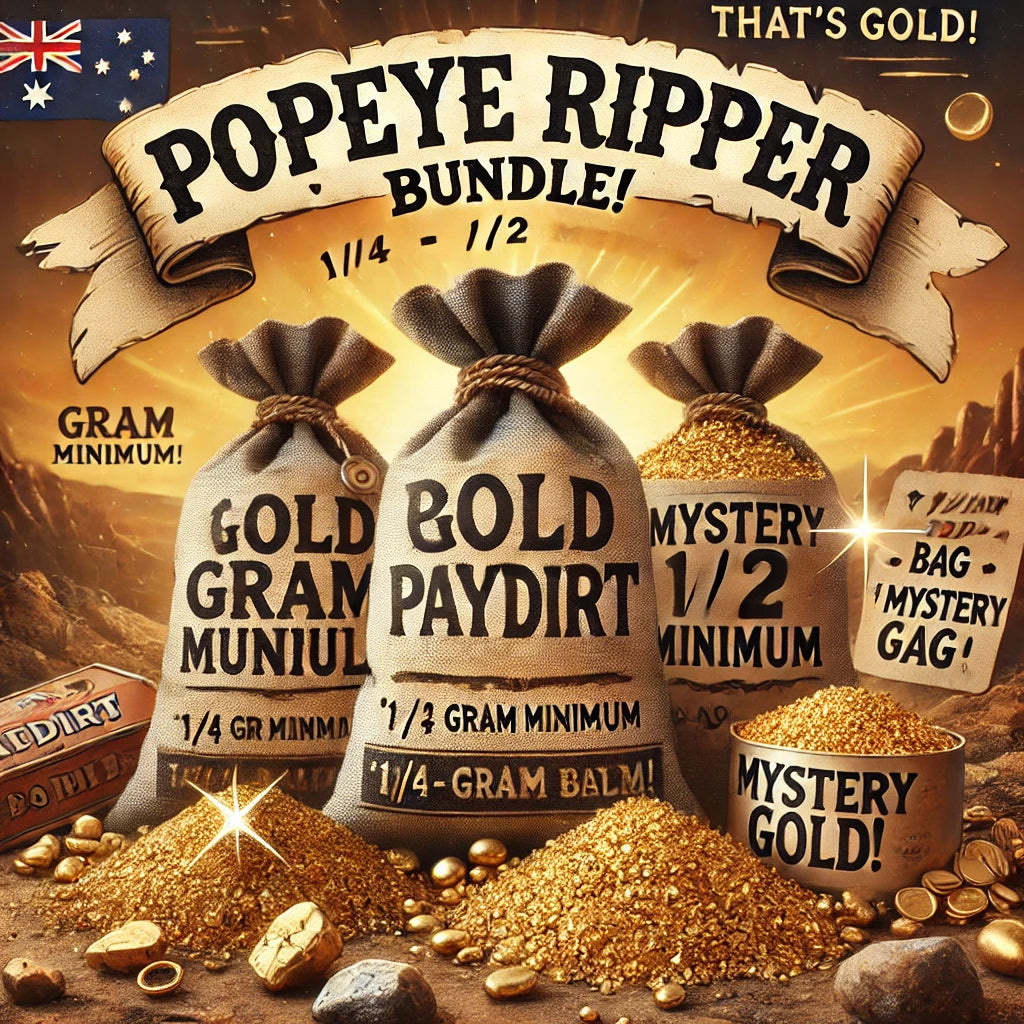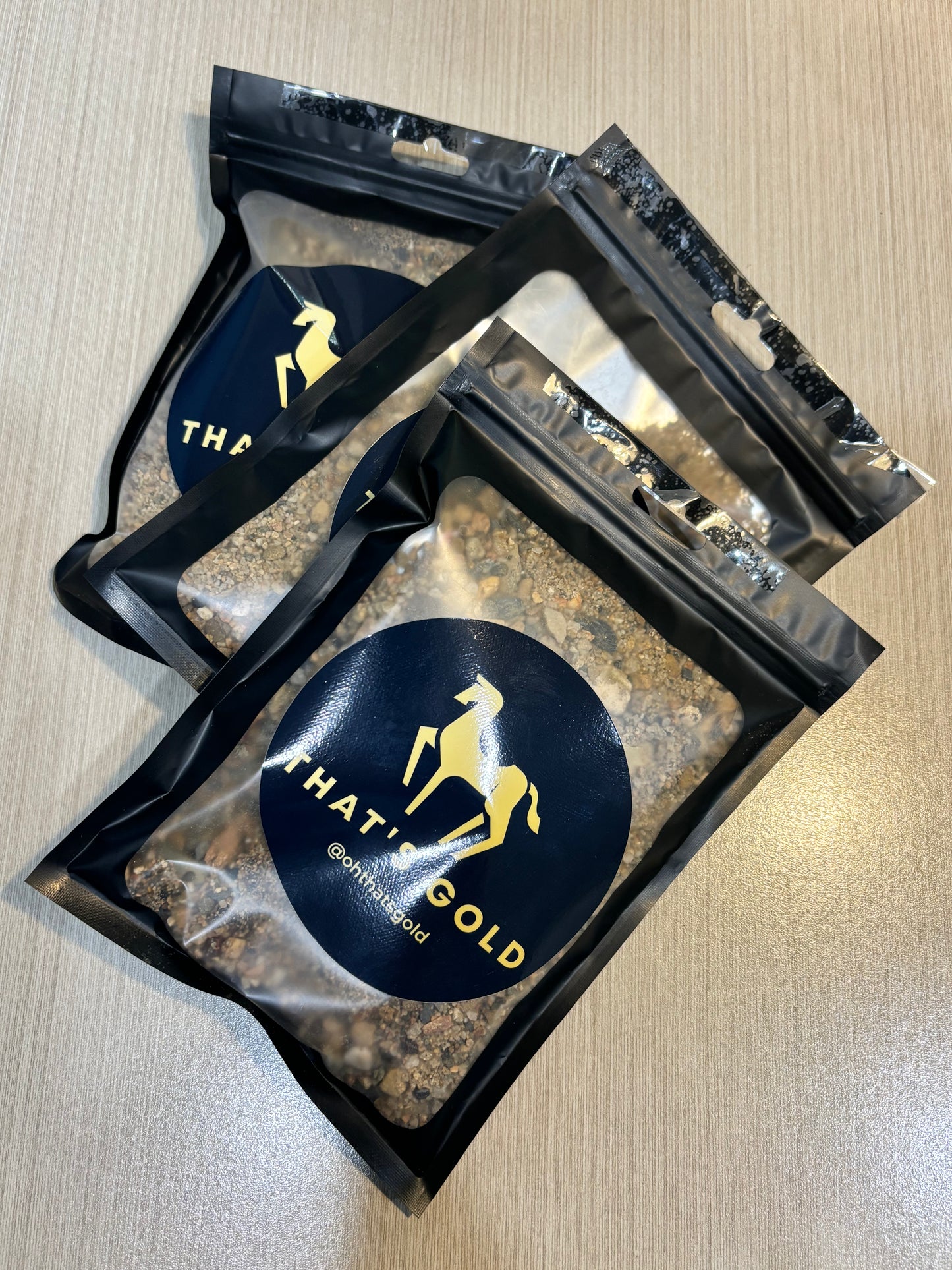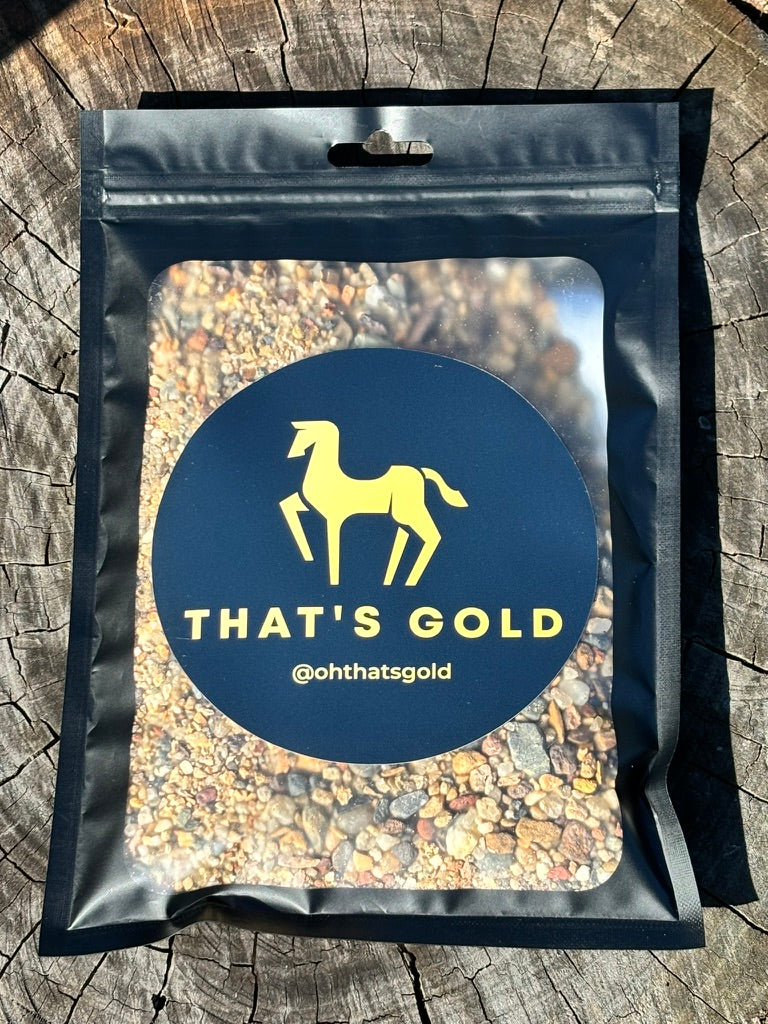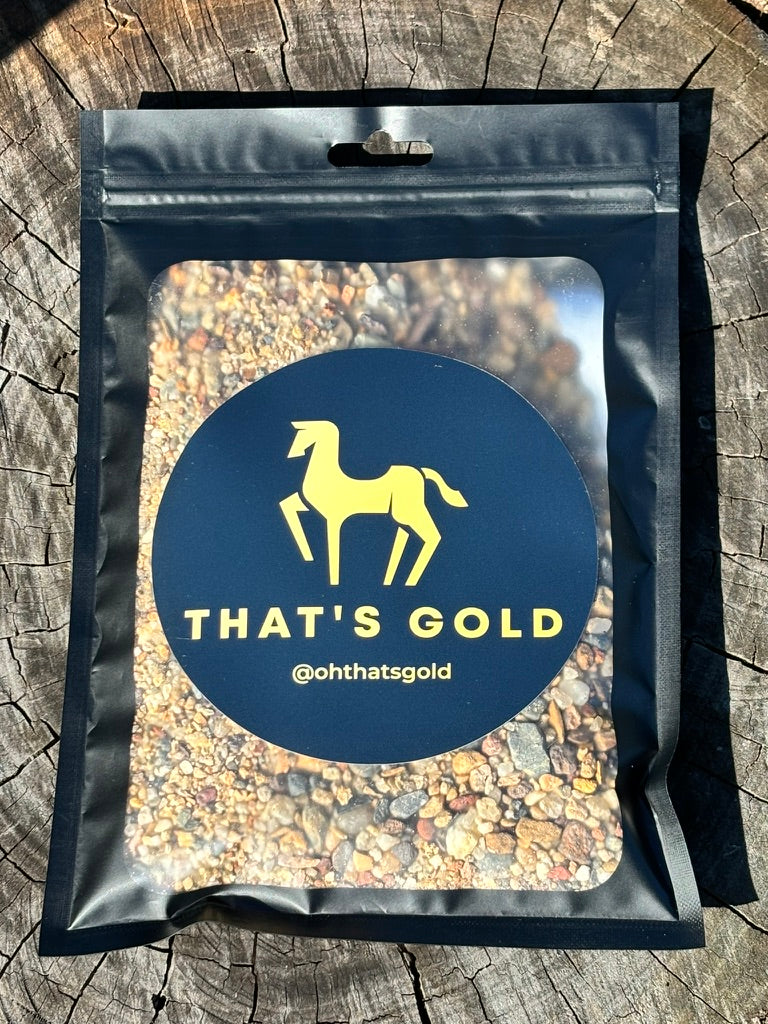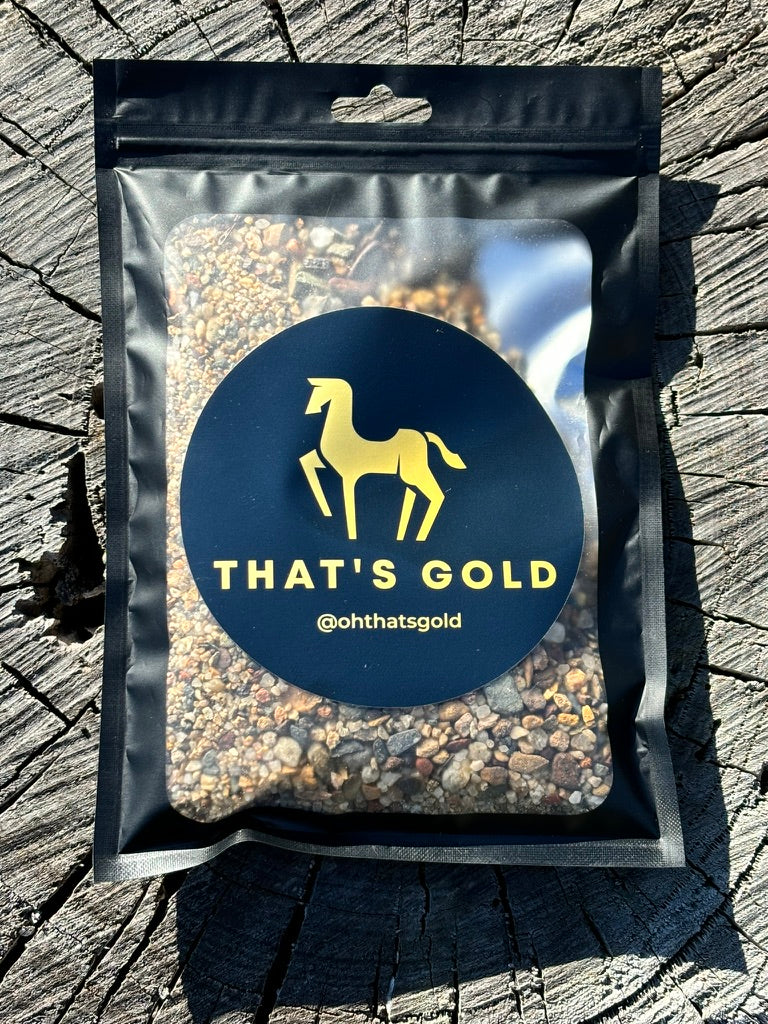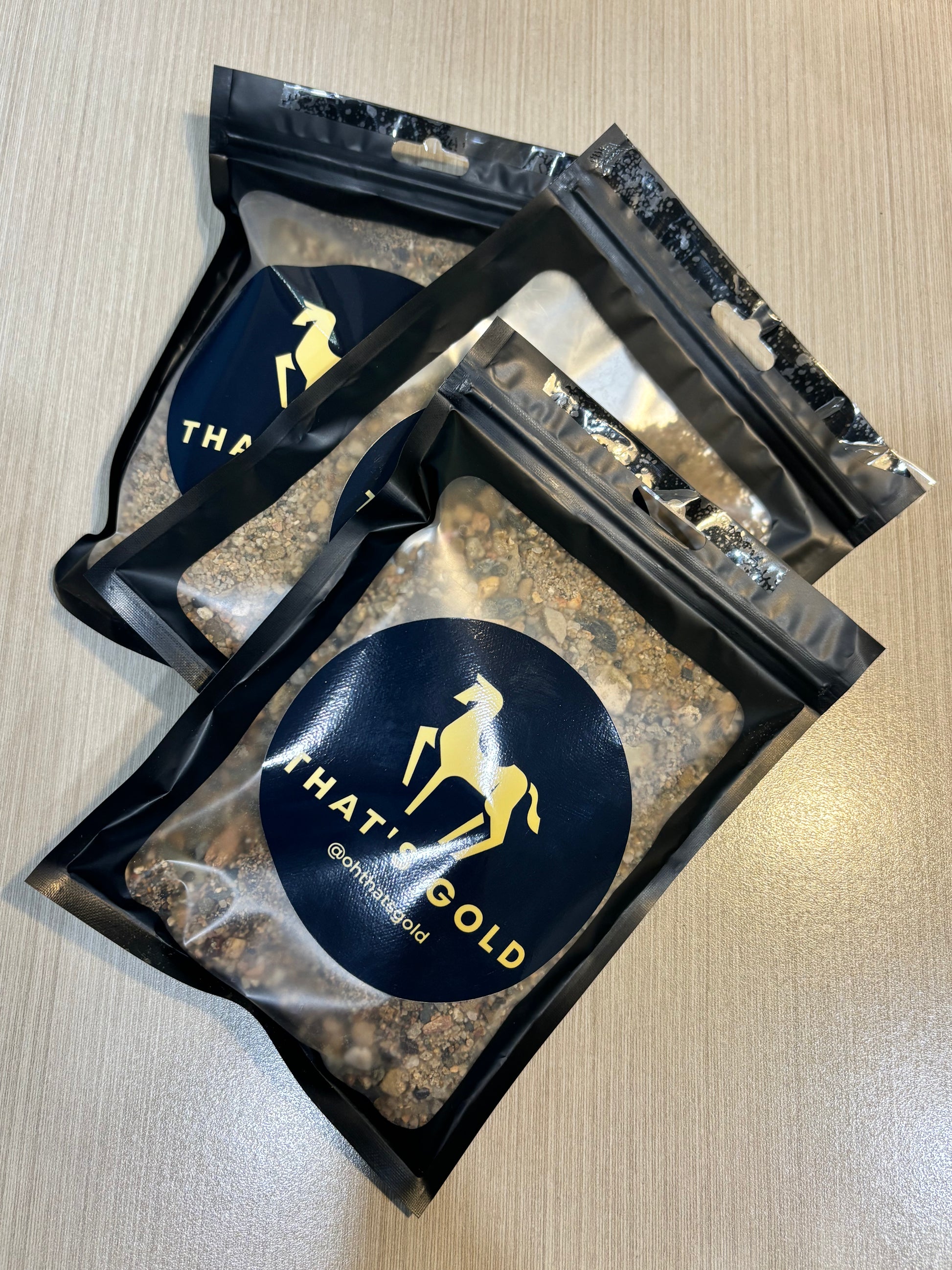Jerky is a popular snack enjoyed by people around the world. This protein-rich treat consists of lean meat that has been trimmed, cut into strips, and dried to prevent spoilage. Jerky derives its name from the Quechua word "ch'arki", meaning "dried, salted meat".

While beef is the most common type of jerky, many other meats can be used to create this savoury snack. Chicken, turkey, fish, and even exotic meats like kangaroo or alligator can be transformed into jerky. The drying process typically involves adding salt to inhibit bacterial growth, ensuring the jerky remains safe to eat for extended periods.
Jerky's popularity stems from its convenience, long shelf life, and nutritional benefits. It's an excellent source of protein and contains essential vitamins and minerals such as zinc, iron, and vitamin B12. Whether you're an outdoor enthusiast, a busy professional, or simply someone looking for a tasty snack, jerky offers a flavourful and satisfying option.
Key Takeaways
- Jerky is a dried meat snack with origins in ancient food preservation techniques
- Various meats can be used to make jerky, with beef being the most common choice
- Jerky is a convenient, protein-rich food that offers numerous nutritional benefits
Human: Is it possible to use AI to extract data from unstructured text?
Origins of Jerky

Jerky's origins trace back to ancient civilisations, with roots in South America. This preserved meat product evolved from traditional drying methods to become a globally popular snack.
Charqui in South America
Jerky's earliest form was known as "charqui" in South America. The Quechua people of Peru, Bolivia, and Ecuador are credited with creating this dried meat. They developed charqui as a way to preserve meat from their hunts, ensuring a lasting food supply.
Charqui was made by cutting meat into thin strips and drying it in the sun. Salt was often added to aid preservation. This technique allowed the meat to last for extended periods without refrigeration.
Evolution into Modern Jerky
As European explorers encountered charqui, they adopted and adapted the technique. The word "jerky" itself likely stems from the Quechua term "ch'arki", meaning dried meat.
Over time, jerky production methods evolved. Smoking became a popular alternative to sun-drying, adding flavour and aiding preservation. Marinades were introduced, expanding the range of tastes.
In North America, Native American tribes developed their own jerky varieties, often using bison meat. Pioneers and settlers embraced jerky as a vital food source during long journeys and hunting expeditions.
Today, jerky has become a global snack. Modern production techniques ensure consistent quality and food safety, while retaining the essence of this ancient preservation method.
Types of Jerky
Jerky comes in various forms, offering a range of flavours and textures to suit different tastes. The two main categories are traditional beef jerky and alternative jerky options made from other meats or plant-based ingredients.
Beef Jerky
Beef jerky is the most popular type of jerky, prized for its rich flavour and chewy texture. It's made from lean cuts of beef that are marinated, seasoned, and dried. Premium beef jerky often uses MSA grade beef for superior quality.
Traditional beef jerky typically features a savoury, salty taste with minimal added ingredients. However, many flavour variations exist, from spicy to sweet. Beef biltong, a South African-style dried meat, is similar to jerky but uses different spices and preparation methods.
Beef jerky is a protein-rich snack that's low in carbohydrates, making it popular among health-conscious consumers and athletes. The drying process concentrates the protein content while removing moisture.
Alternatives to Beef
For those seeking variety or alternatives to beef, numerous options exist:
- Pork jerky: Made from lean pork cuts, it offers a milder flavour than beef.
- Turkey jerky: A leaner option with less fat content.
- Fish jerky: Made from salmon, trout, or tuna, it provides a unique taste and texture.
- Kangaroo jerky: A lean, gamey option popular in Australia.
- Plant-based jerky: Uses ingredients like soy, wheat gluten, or mushrooms to mimic jerky texture.
These alternatives cater to different dietary preferences and restrictions. They offer similar nutritional benefits to beef jerky, with high protein content and low carbohydrates. Flavour profiles vary depending on the base ingredient and seasoning used.
Nutritional Information

Jerky provides a concentrated source of nutrients, particularly protein. It also contains various minerals and vitamins, though the exact composition can vary based on the type of meat and preparation method.
Protein Content in Jerky
Jerky is renowned for its high protein content. A 30-gram serving of beef jerky typically contains about 10 grams of protein, making it an excellent snack for muscle maintenance and growth. This protein-rich profile is beneficial for athletes, fitness enthusiasts, and those looking to increase their protein intake.
Protein in jerky is complete, meaning it contains all essential amino acids. This makes it a valuable option for vegetarians who occasionally include meat in their diet.
Other Nutrients and Considerations
While protein is the star nutrient, jerky offers more. It's a good source of iron and zinc, crucial for blood health and immune function. A 100-gram serving of beef jerky provides about 410 calories, with 57% from fat and 33% from protein.
However, jerky is often high in sodium. A single serving can contain up to 20% of the recommended daily sodium intake. This high salt content makes it less suitable for those with hypertension or on sodium-restricted diets.
Many commercial jerkies contain added sugars. While these enhance flavour, they contribute to the overall carbohydrate content. For those monitoring their sugar intake, it's wise to check labels carefully.
Jerky Preparation

Jerky preparation involves selecting quality meat, marinating it for flavour, and drying it to achieve the perfect texture. The process requires attention to detail and the right techniques to produce delicious homemade jerky.
Choosing the Right Meat
Lean meat is essential for making premium beef jerky. Topside beef is a popular choice due to its low fat content and consistent texture. When selecting meat, look for cuts with minimal marbling and trim off any visible fat.
Other suitable options include:
- Eye of round
- Flank steak
- Sirloin tip
For best results, slice the meat against the grain into strips about 0.6 cm thick. This ensures even drying and a tender bite.
The Marinade Process
A flavourful marinade is crucial for creating tasty jerky. Common ingredients include:
- Soy sauce
- Worcestershire sauce
- Honey
- Garlic powder
- Black pepper
Combine these ingredients in a bowl, adjusting quantities to suit your taste preferences. Place the meat strips in a ziplock bag and pour the marinade over them, ensuring each piece is well-coated.
Refrigerate the marinating meat for 6-24 hours, turning the bag occasionally to distribute the flavours evenly. Longer marinating times result in more intense flavours.
Drying Methods
Drying is a critical step in jerky preparation. Two common methods are using a dehydrator or an oven.
Dehydrator method:
- Arrange marinated strips on dehydrator trays
- Set temperature to 65°C
- Dry for 4-6 hours, checking periodically
Oven method:
- Preheat oven to lowest setting (usually around 70°C)
- Place strips on wire racks over baking trays
- Prop oven door slightly open for air circulation
- Dry for 4-8 hours, rotating trays occasionally
The drying process is complete when the jerky bends and cracks but doesn't break. Allow the jerky to cool before storing in an airtight container.
Storing and Enjoying Jerky
Proper storage is crucial for maintaining jerky's quality and safety. Incorporating this protein-rich snack into meals can add flavour and nutrition to various dishes.
Optimal Storage Conditions
To keep jerky fresh for longer, store it in an airtight container. This prevents moisture and contaminants from affecting the product. For short-term storage of up to 2 weeks, resealable plastic bags can suffice. However, for extended periods, glass jars or rigid plastic containers are preferable.
Placing jerky in a cool, dry place is essential. A pantry or cupboard away from direct sunlight works well. If you live in a humid climate, consider adding a food-grade desiccant packet to absorb excess moisture.
For long-term storage, the freezer is an excellent option. Properly wrapped jerky can last up to 6 months when frozen. When ready to eat, simply thaw it at room temperature.
Incorporating Jerky into Meals
Jerky isn't just a standalone snack; it can be a versatile ingredient in many dishes. Chop it finely to add a savoury punch to salads or pasta. Jerky can also be an excellent topping for baked potatoes or added to scrambled eggs for a protein boost.
For a quick and easy trail mix, combine jerky pieces with nuts and dried fruits. This makes for a balanced, energy-rich snack perfect for hikes or busy days.
In soups and stews, jerky can add depth and richness. Rehydrate it slightly before adding to the pot for best results. Some family recipes even use jerky as a flavour enhancer in gravies or sauces.
Jerky can also be a great addition to cheese boards. Its intense flavour pairs well with mild cheeses and crackers, creating a delightful appetiser spread.
Frequently Asked Questions

Jerky enthusiasts often have queries about this popular snack's production methods, nutritional value, and variations. Common questions cover health benefits, preparation techniques, and comparisons to similar dried meat products.
What are the health benefits of consuming jerky?
Jerky is a protein-rich snack that's low in fat. It provides a good source of essential nutrients without excessive calories. Jerky can be a convenient option for those seeking to increase their protein intake whilst managing their weight.
How is jerky traditionally made?
Jerky production involves trimming fat from meat, slicing it thinly, and curing it with salt. The meat is then marinated with spices and other flavourings. Finally, it's dried using a dehydrator or smoker for several hours, removing moisture and preserving the meat.
Can eating jerky contribute to a balanced diet?
Jerky can be part of a balanced diet when consumed in moderation. Its high protein content makes it a filling snack that can help curb hunger between meals. However, it's important to be mindful of sodium intake, as jerky is often high in salt.
What distinguishes biltong from jerky?
While both are dried meat products, biltong and jerky differ in preparation methods. Biltong is typically cured with vinegar and spices, then air-dried for longer periods. Jerky is usually marinated and then dried more quickly using heat.
Which offers more nutritional value, biltong or jerky?
Both biltong and jerky offer similar nutritional benefits as high-protein, low-fat snacks. The specific nutritional value can vary based on the meat used and preparation methods. Biltong may have a higher fat content due to less trimming before drying.
Does jerky preparation involve cooking or is it raw?
Jerky is not considered raw. The drying process, whether through dehydration or smoking, effectively cooks the meat. This process removes moisture, preserves the meat, and makes it safe for consumption without further cooking.

